It has certainly been a challenging year for everyone but one positive out of the pandemic is the growing appreciation for our gardens and being out in nature. There is always a ‘plant of interest’ for every month of the year growing in the Living Collection at the Royal Botanic Garden Edinburgh. Kirsty Wilson, Herbaceous Supervisor and keen photographer, highlights her favourites from over the past twelve months.
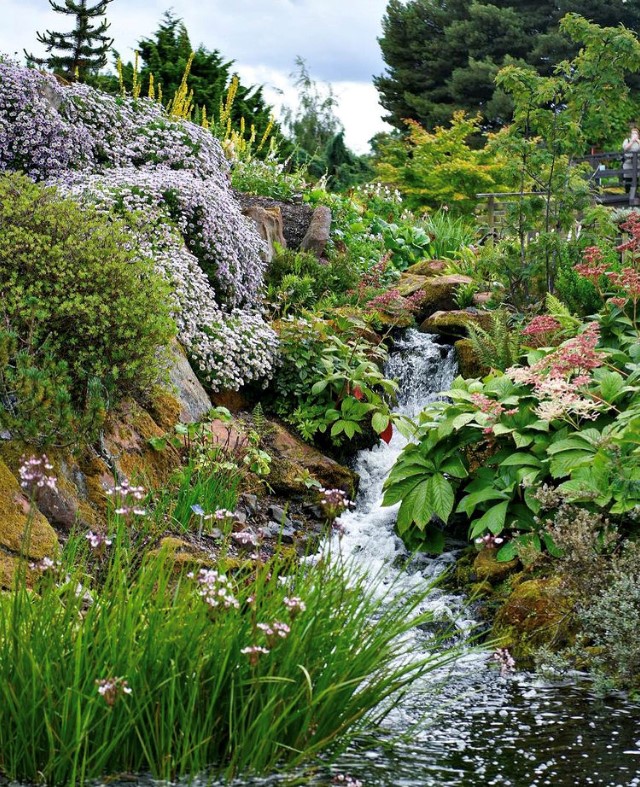
January
The sublime dark Helleborus x hybridus flowering in the Biodiversity Garden. They prefer a rich soil with plenty of available moisture during their flowering period, but they also require excellent drainage: they are after all ‘snow-melt’ plants and if you can grow them on a slope, they will naturally be well drained. In addition, a good idea is to position them on a bank or raised wall so that you can enjoy the nodding flowers.
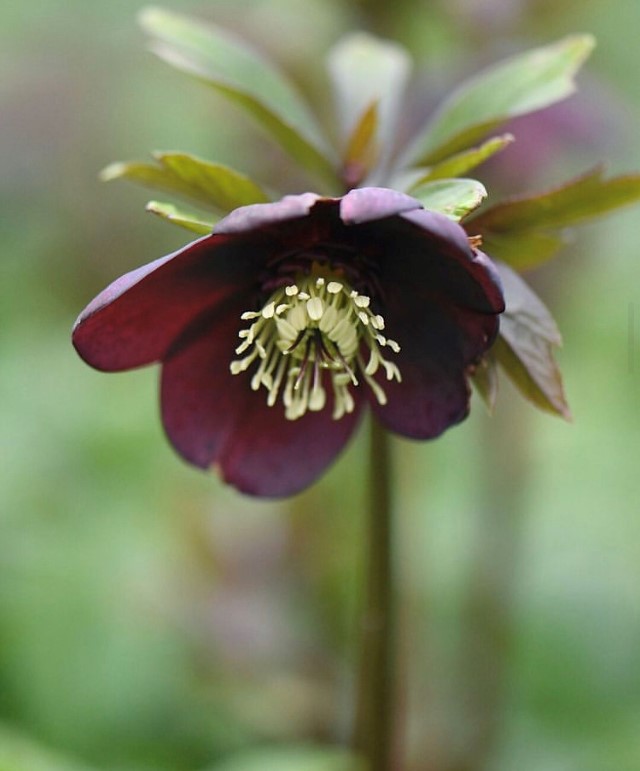
February
Purple Toothwort or Lathraea clandestina is a perennial root parasite that lacks chlorophyll like normal plants that photosynthesise. Lathraea clandestina is now becoming more common in cultivation as an attractive garden specimen for Spring. Here at the botanics you will find it growing under a Willow at the East pond. This is due to its unusual flowers that are similar to purple crocuses. Native to Belgium, France, Spain and Italy it has been introduced in a number of countries, including Britain and New Zealand, where it has naturalised. The flowers are bisexual and produce large amounts of nectar which result in bumblebees pollinating the flowers. The purple-violet flowers contain four stamens and one style with two stigmas. This root parasite is typically found on Populus and Salix. However it has been found growing on a wide range of other plants in the wild and in cultivation, including Acer, Alnus, Buxus, Carpinus, Corylus, Juglans, Metasequoia, Rhododendron, Taxus, and even in some cases Gunnera. Lathraea clandestina grows best in a shaded woodland where the soil does not dry out and where roots of a likely host are found growing. The flowers are breath-taking and certainly stop you in your tracks on a cold Winter’s day.
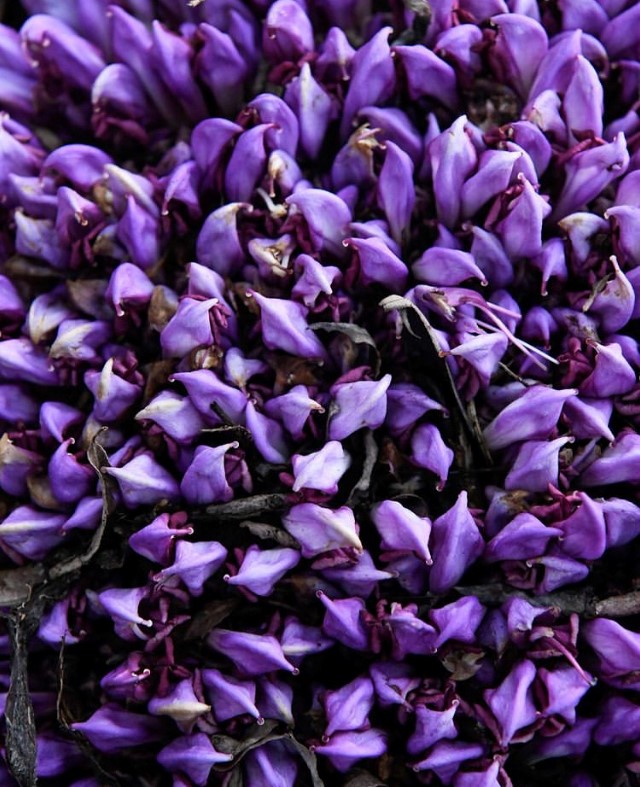
March
Here is Magnolia campbellii ‘Charles Raffill’ which puts on an incredible display each year where light pink flowers appear all over the deciduous tree. A frost pocket is the worst situation for spring-blooming Magnolias so grow them where the frost doesn’t linger or on the west side of a building where early-morning sun won’t thaw the buds quickly. Magnolias are appreciated and admired around the world as an ornamental tree due to their large cup-shaped attractive flowers which cover the whole tree creating a breathtaking display. Despite their beauty and popularity they are under threat. A recent research report published by The Botanic Gardens Conservation International (BGCI) concluded that half of all Magnolia species are under threat from extinction in their wild habitat. Reasons include deforestation from commercial logging, habitat loss and climate change. This ancient tree species has survived on earth for a long time living through various global changes but we must act fast now to prevent losing them. It is becoming very important to have Magnolia species growing in gardens, botanic gardens, arboretums and stored in seed banks. These ex situ collections are essential to help safeguard the species in the event of extinction in the wild. The species currently in cultivation in gardens does not represent the number found in the wild. This highlights the need to prevent logging and habitat loss through conservation in wild populations.
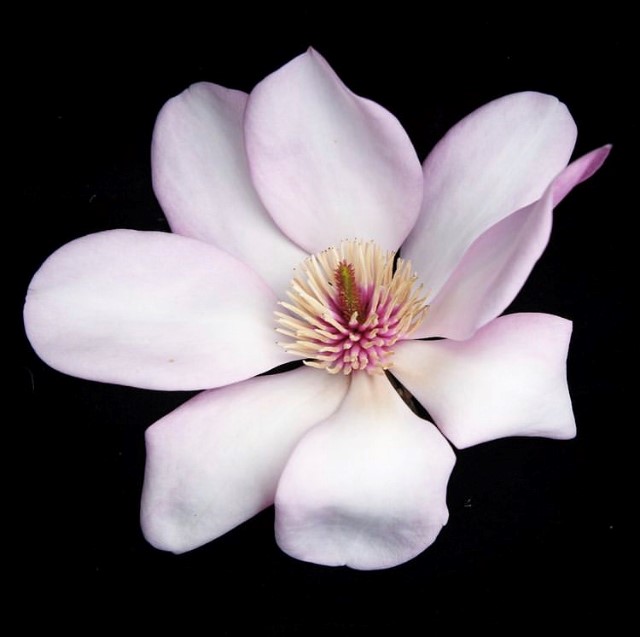
April
A variety of Sycamore, Acer pseudoplatanus var. corstorphinensis, that originated in Corstorphine, Edinburgh in 1600 and noted for its early bud break and golden foliage. The original [type specimen], was badly damaged by a storm a few years ago, but many specimens can be spotted around Edinburgh at this time of the year, when the ‘ordinary’ Sycamores are only just coming in to leaf. It is such a wonderful sight and really makes you feel glad that Spring has arrived.

May
The hairy striking blue Meconopsis ‘Slieve Donard’ puts on a wonderful display in the garden each year. Prized by gardeners worldwide, several species of the iconically beautiful Meconopsis (Himalayan poppies) could soon be threatened in their native habitat as climate change pushes them to ever smaller mountain sanctuaries. Within 50 years they could be teetering on the brink of extinction in the wild, according to a new study by scientists from China’s Kunming Institute of Botany, the Royal Botanic Garden Edinburgh, and Columbus State University in the USA.
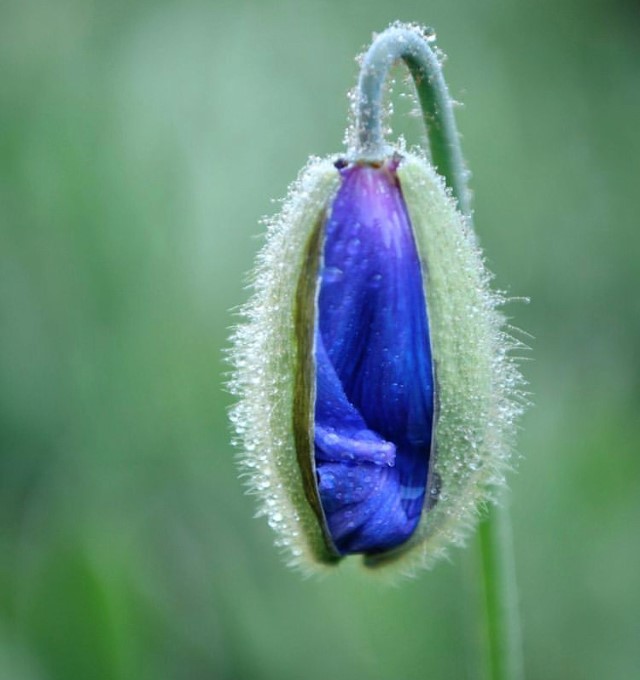
June
The Alpine blue-sowthistle (Cicerbita alpina) is an extremely rare plant in Scotland, with only four populations known to survive naturally in the wild, on ledges and in gullies on remote mountains in the eastern Cairngorms. It is thought that the plant’s distribution in Scotland may have been wider in the past but has been reduced by grazing. The species is identified in the Scottish Government’s Biodiversity Route Map to 2020 as a target for conservation action. RBGE is working hard to conserve it both in the wild and by growing it in our botanic gardens.
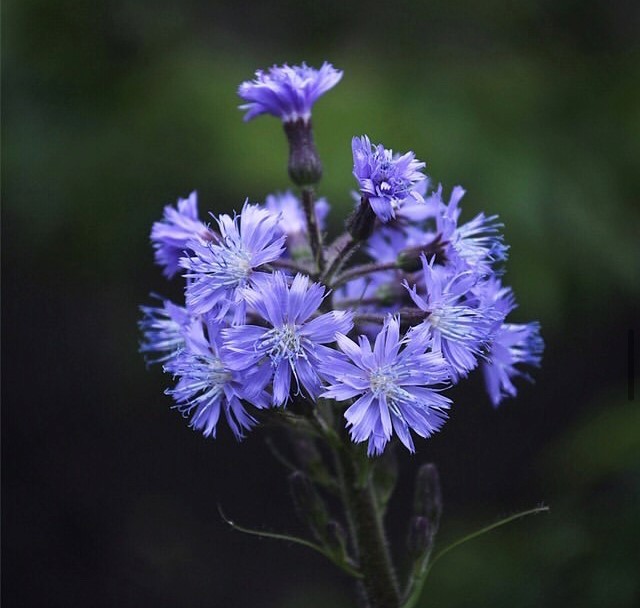
July
The bright blue round heads of Jasione montana. A UK native plant that grows on cliff tops and maritime grassland. Flowers are rich in nectar and attract many bees and butterflies. This tiny alpine is found growing in our world famous rock garden.
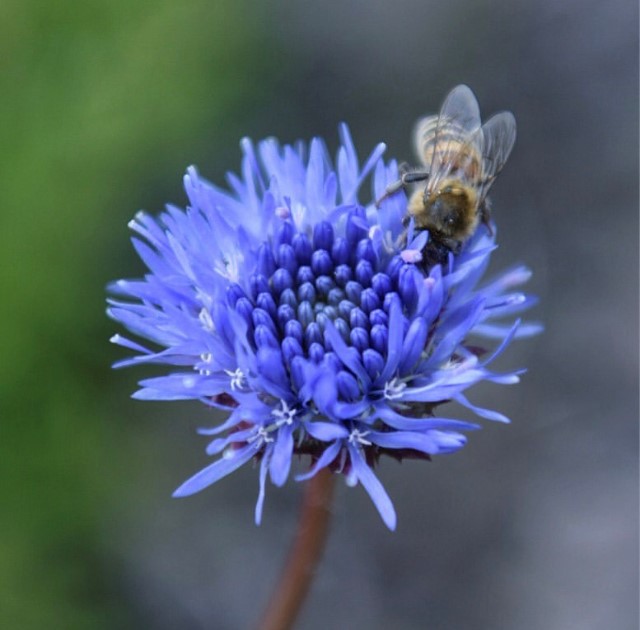
August
The incredible blue flowers of Ceratostigma minus. This plant originates from the Sichuan and Yunnan provinces of China. A deciduous shrub – the leaves also become tinged with red during the autumn. Happiest in an open sunny position and does well against a sheltered south facing wall.
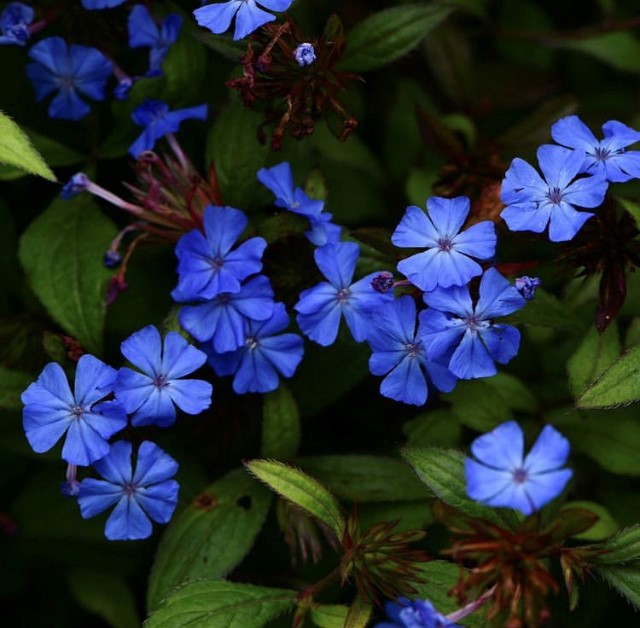
September
The soft lilac flowers of Scabiosa japonica. A good plant for attracting pollinators to your garden. Native to Japan. Acts as a great herbaceous ground cover and can flower all the way up until November.
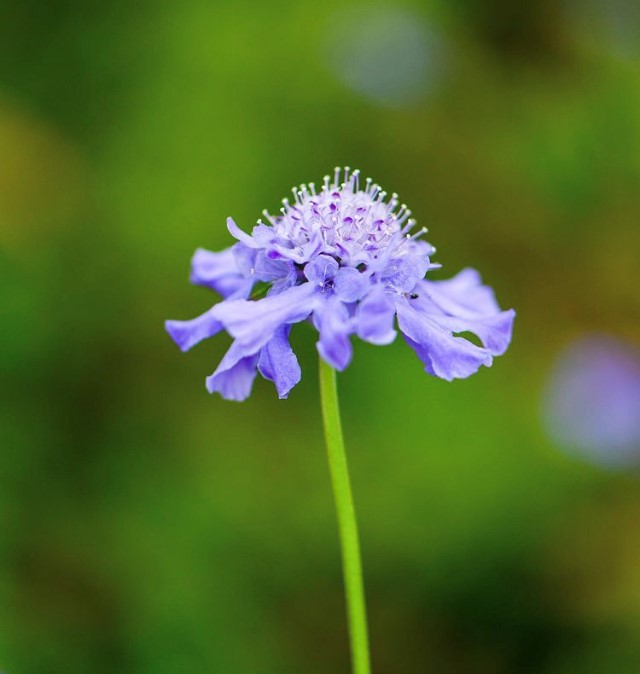
October
The breathtaking colours of Autumn from the deciduous tree Parrotia persica. Also known as Persian ironwood – a deciduous tree with large, smooth, wavy-edged leaves that turn brilliant yellow, then orange and finally blaze fiery red before falling. In late winter and early spring, insignificant, spidery, red flowers appear before the leaves emerge. A spreading tree, with a short trunk and peeling grey and fawn bark. As it normally has multiple stems, it is best cultivated as a large shrub in the border or in a woodland garden. Requires minimal pruning and prefers full sun or partial shade. Remove any broken, diseased or crossing branches in late autumn or winter. When planting incorporate lots of well-rotted garden compost in the planting hole. It prefers a moist, well-drained soil, preferably with acidic conditions.
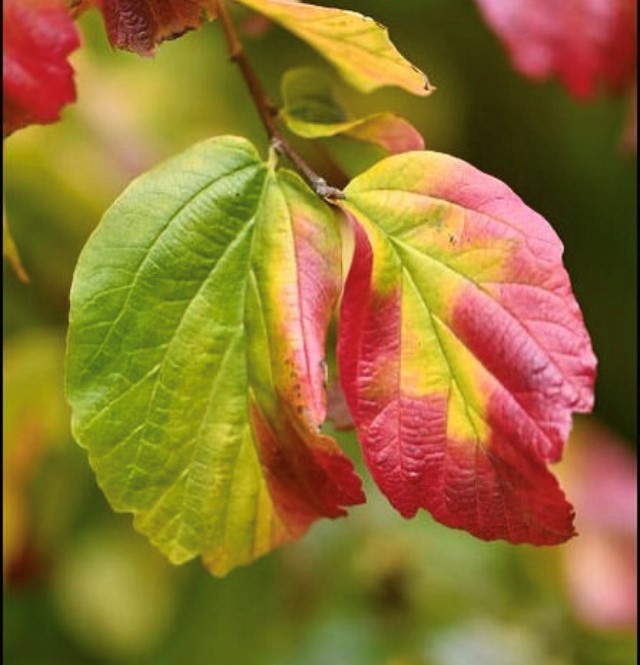
November
Euphorbia jolkinii a herbaceous perennial that puts on a fiery display every autumn. Native to China, Korea and Japan. The root is used in traditional medicine. The genus Euphorbia, is one of the largest flowering-plant genera, with 2,420 species, many of which are important ornamentals, sources of drugs, or as weeds. What is probably the most appreciated of the tropical Euphorbias is the poinsettia from southern Mexico and Guatemala, which has scarlet bracts (leaflike structures attached just below flowers) and is associated with Christmas.

December
Theobroma cacao the Cocoa tree is the source of one of the world’s most delicious and familiar products… chocolate.
The edible properties of Theobroma cacao were discovered over 2,000 years ago by the local people of Central America living deep in the tropical rainforests. According to a widely cited 2011 study from the International Center for Tropical Agriculture (CIAT), cacao beans – the raw ingredient in chocolate – will become much less plentiful over the next few decades. The main problem is rising temperatures and falling water supplies: in the African nations of Ghana and Cote d’Ivoire, temperatures are predicted to rise by at least 2C by 2050. This in turn, will increase “evapotranspiration” in the cocoa trees, causing them to lose more water to the air and reducing their yield.

Animals and humans depend on plants for many things, and without plants, there would be no life on Earth. Throughout this challenging year, stories have emerged around the globe from the pandemic of wildlife reclaiming human spaces; of birdsong amplified against a relief in traffic noise; and wildflowers thriving on unmown roadsides. The pandemic might have facilitated interactions with nature that are reawakening a sense of care for it. This new appreciation is essential for our future work in protecting biodiversity and tackling climate change for future generations.
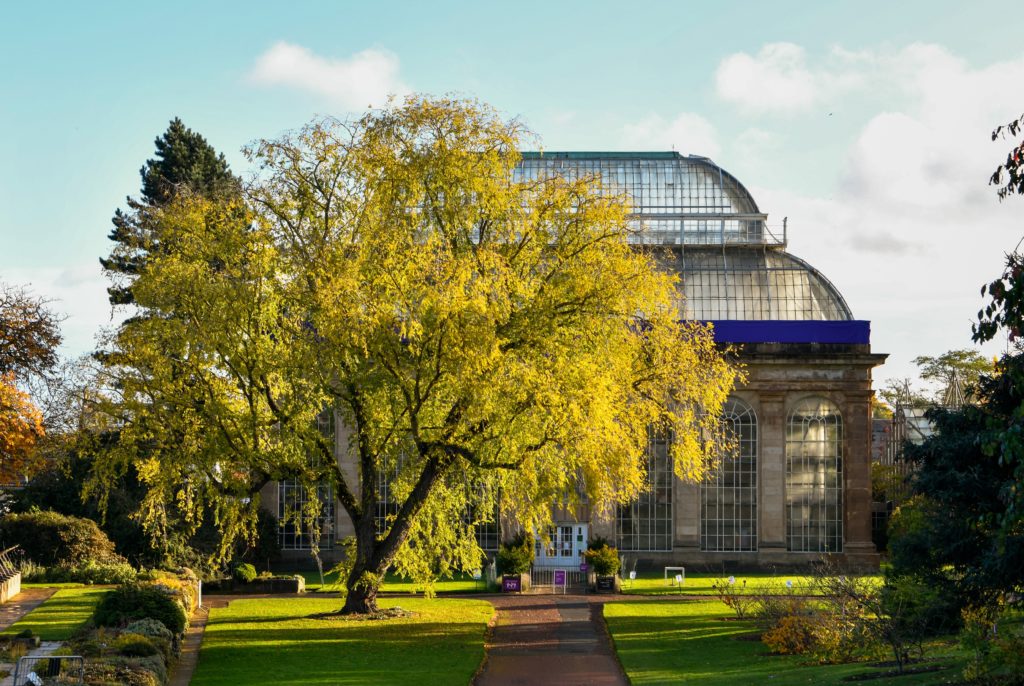

Kate McLean
Thank you so much for the wonderful tour through the year and all the beautiful photographs- I feel like I am inhaling them like a breath of fresh air. I used to work as a volunteer in the garden and we were weekly, if not daily visitors through all seasons and glorious moods of the garden, before my family relocated. I still miss it so much and thank you for this mini tour:)
Boam
Lovely overview of the year. Great pics and here’s hoping for a even more colourful 2021